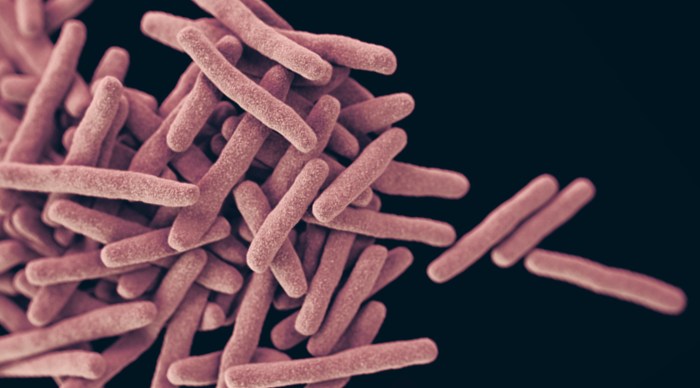The Hunting Nightmare Bacteria Video Worksheet is an invaluable resource for healthcare professionals and the public alike, providing a comprehensive overview of these dangerous pathogens. This interactive worksheet explores the types, pathophysiology, treatment, prevention, and real-world implications of hunting nightmare bacteria, empowering individuals with the knowledge they need to protect themselves and their communities.
As we delve into the complexities of hunting nightmare bacteria, we will uncover their unique characteristics, potential dangers, and the mechanisms by which they cause disease. Through engaging case studies and expert insights, this worksheet will shed light on the latest treatment options and preventive measures, equipping you with the tools to combat these formidable foes.
Hunting Nightmare Bacteria Video Worksheet: Introduction

The Hunting Nightmare Bacteria Video Worksheet provides an overview of the types, pathophysiology, treatment, and prevention of hunting nightmare bacteria. Understanding these bacteria is crucial for healthcare professionals and the public to prevent and manage infections.
Types of Hunting Nightmare Bacteria
Hunting nightmare bacteria are a diverse group of bacteria that can cause severe infections. They include:
- Staphylococcus aureus: A common bacterium that can cause a range of infections, including skin infections, pneumonia, and bloodstream infections.
- Streptococcus pyogenes: A bacterium that causes strep throat, scarlet fever, and necrotizing fasciitis.
- Enterococcus faecalis: A bacterium that can cause urinary tract infections, bloodstream infections, and endocarditis.
- Pseudomonas aeruginosa: A bacterium that can cause infections in the lungs, bloodstream, and skin.
- Acinetobacter baumannii: A bacterium that is often resistant to multiple antibiotics and can cause infections in the lungs, bloodstream, and skin.
Pathophysiology of Hunting Nightmare Bacteria
Hunting nightmare bacteria cause disease through various mechanisms, including:
- Adhesion: Bacteria attach to host cells using specialized proteins.
- Invasion: Bacteria enter host cells and multiply.
- Toxins: Bacteria produce toxins that damage host cells and tissues.
- Immune response: The host’s immune system responds to the infection, which can lead to inflammation and tissue damage.
Treatment and Prevention of Hunting Nightmare Bacteria

Treatment for hunting nightmare bacteria infections typically involves antibiotics. However, some bacteria have become resistant to multiple antibiotics, making treatment challenging. Prevention measures include:
- Good hygiene: Wash hands frequently, especially after contact with potentially contaminated surfaces or people.
- Covering wounds: Keep wounds clean and covered to prevent infection.
- Avoiding contact with infected people: Avoid contact with individuals who have known or suspected infections.
- Vaccination: Vaccines are available to prevent some hunting nightmare bacteria infections, such as Streptococcus pneumoniaeand Haemophilus influenzaetype b.
Case Study: Analysis of a Hunting Nightmare Bacteria Outbreak: Hunting Nightmare Bacteria Video Worksheet
A hunting nightmare bacteria outbreak occurred in a hospital in 2018. The outbreak involved Acinetobacter baumannii, which is a multidrug-resistant bacterium. The outbreak was traced to a contaminated medical device that was used on multiple patients. The outbreak resulted in several infections and two deaths.
The investigation revealed that the hospital had failed to follow proper infection control protocols, which allowed the bacteria to spread.
User Queries
What are the most common types of hunting nightmare bacteria?
Common types include Legionella, Francisella tularensis, and Brucella.
What are the symptoms of hunting nightmare bacteria infection?
Symptoms vary depending on the type of bacteria but may include fever, chills, muscle aches, fatigue, and respiratory distress.
How can hunting nightmare bacteria infections be prevented?
Preventive measures include avoiding contact with infected animals or their carcasses, wearing protective gear when hunting, and practicing good hygiene.